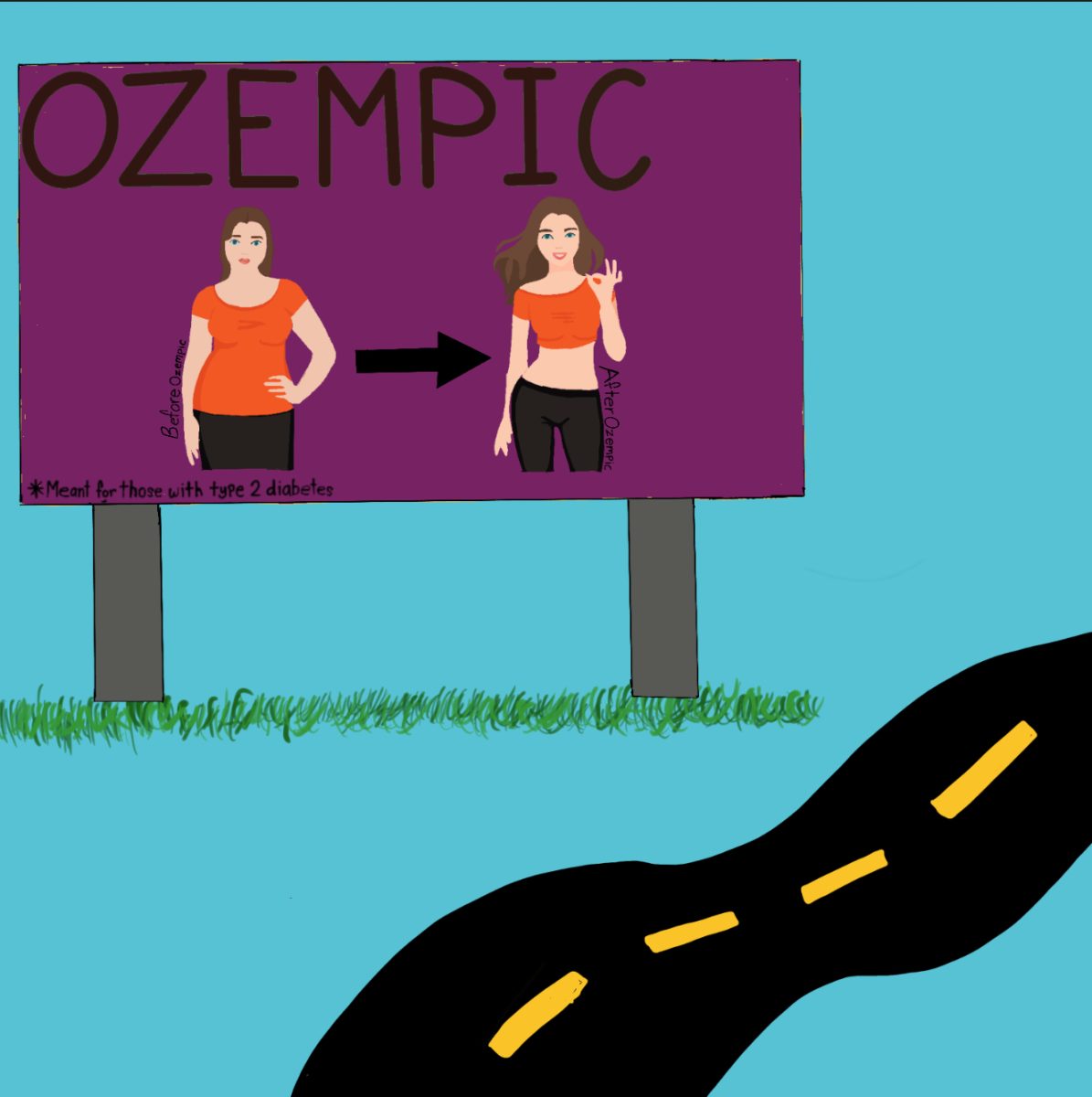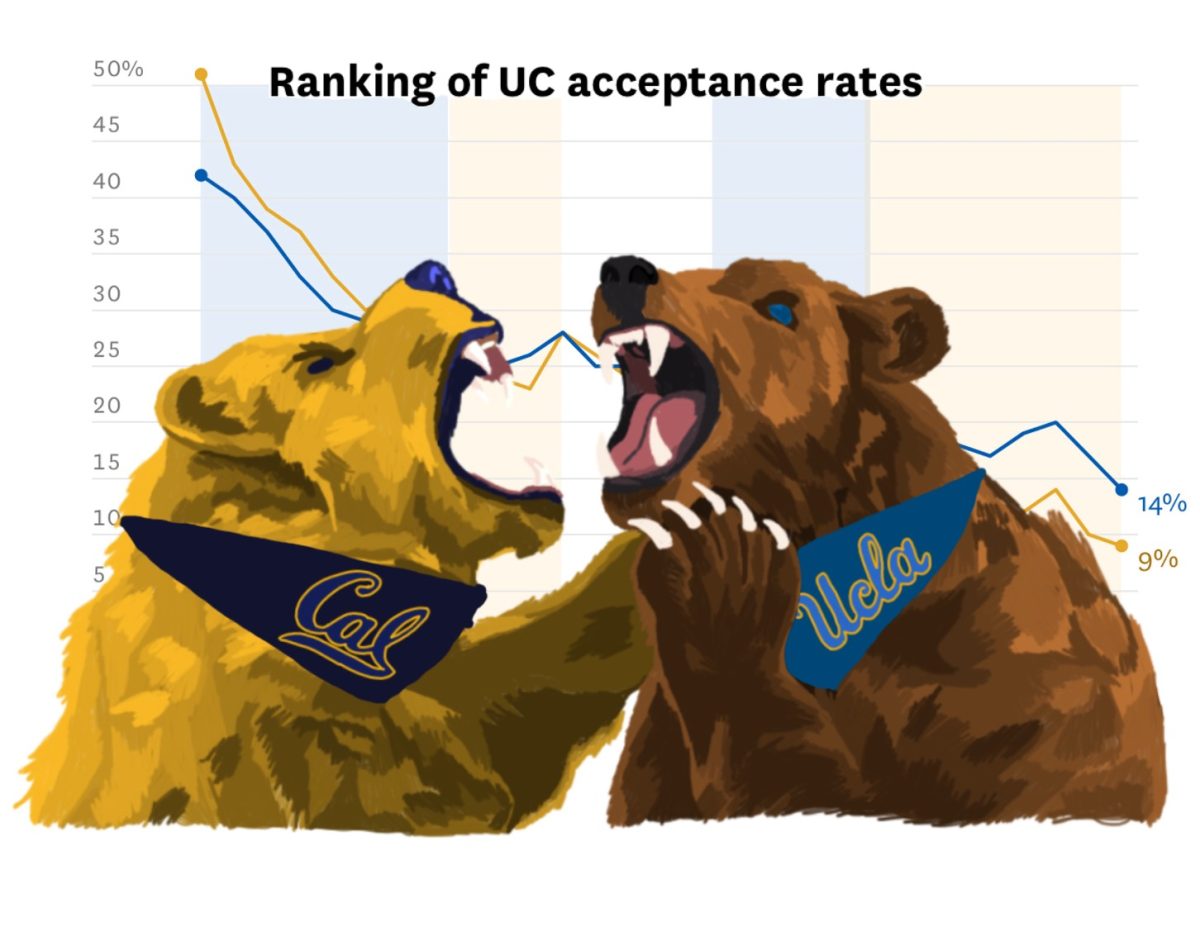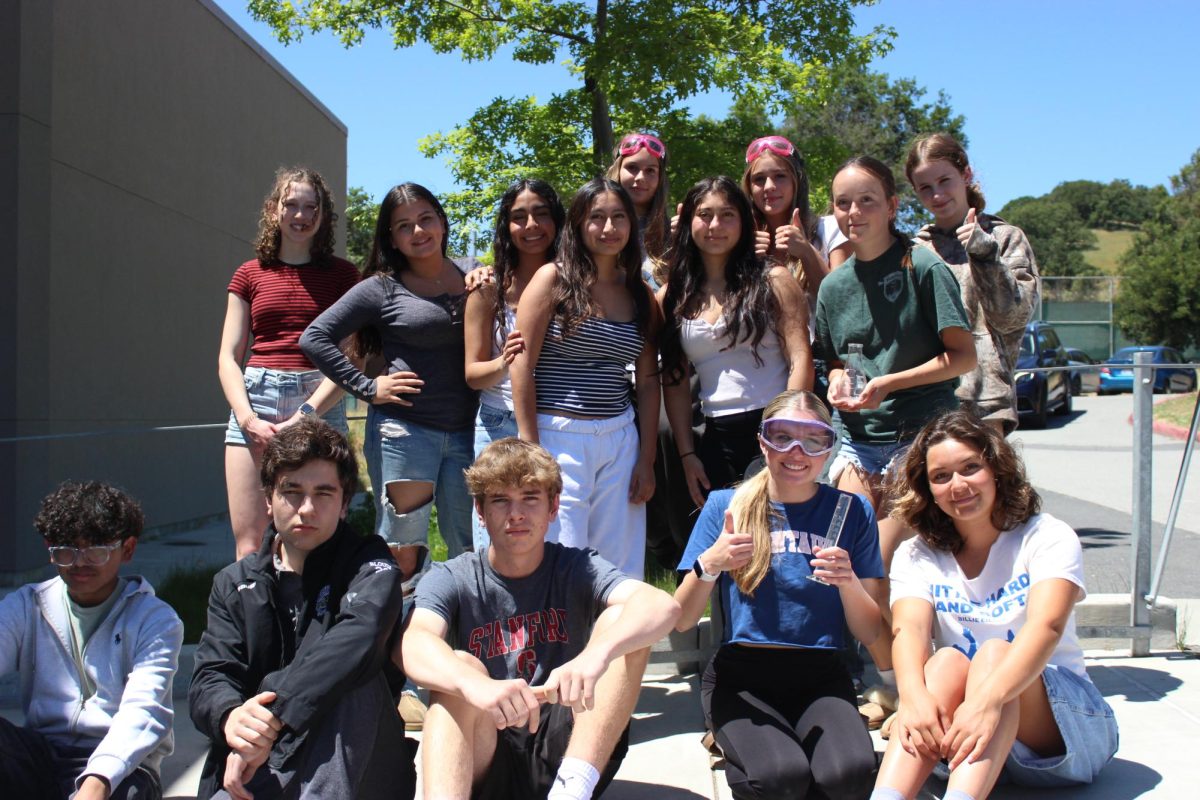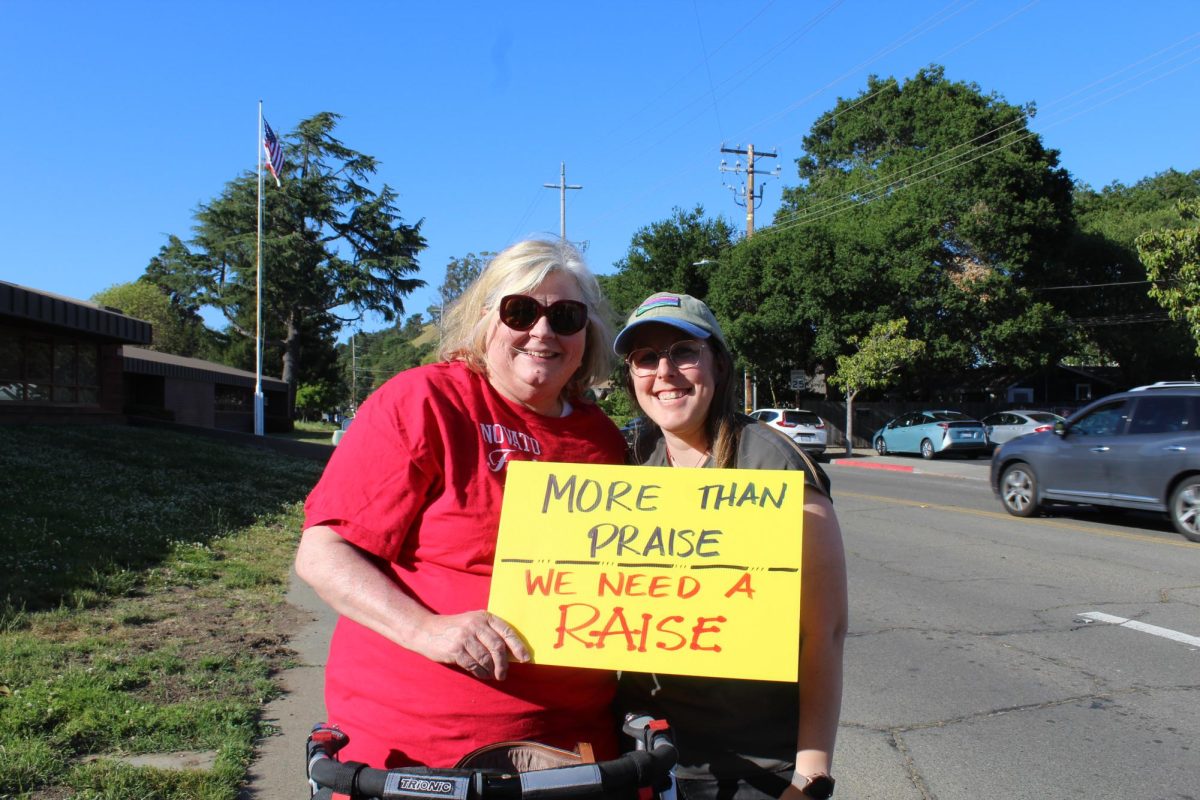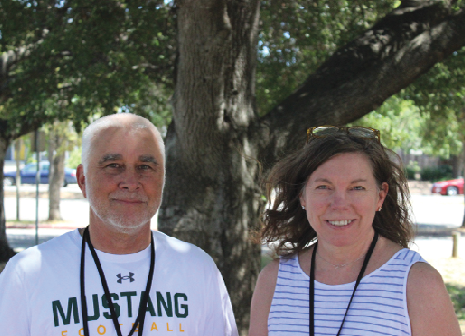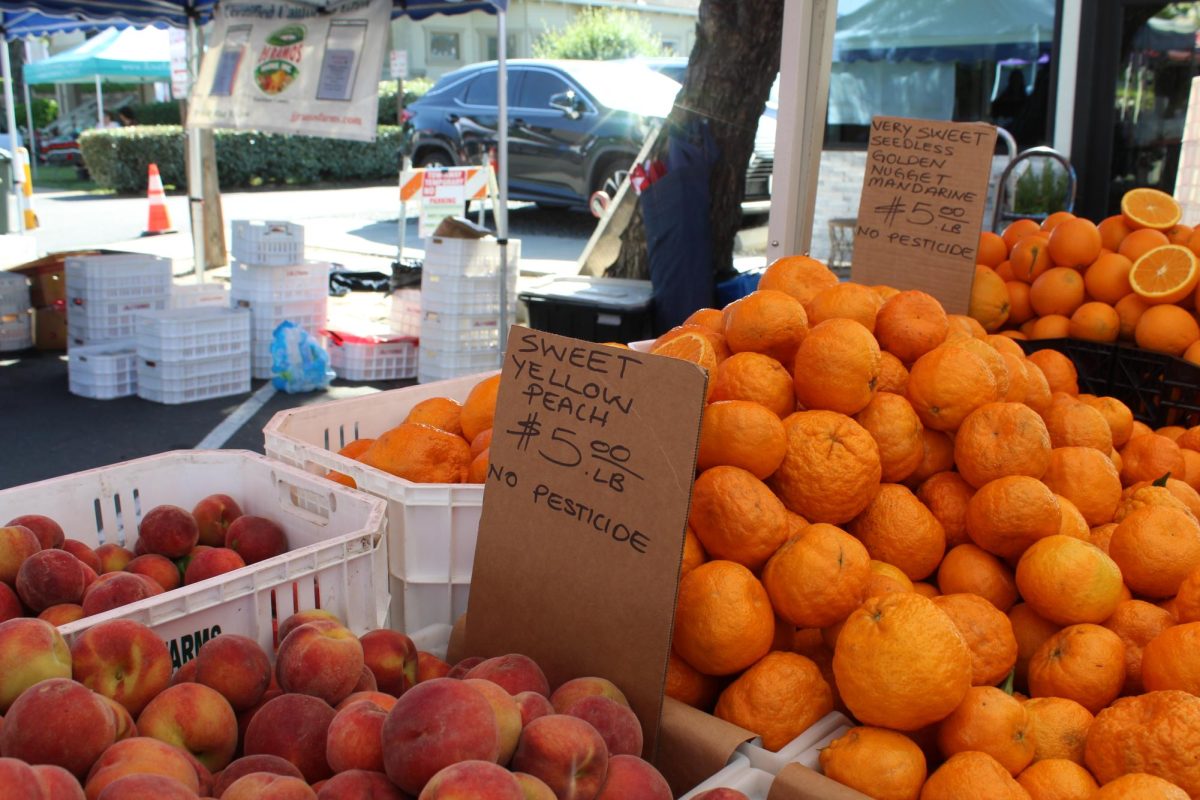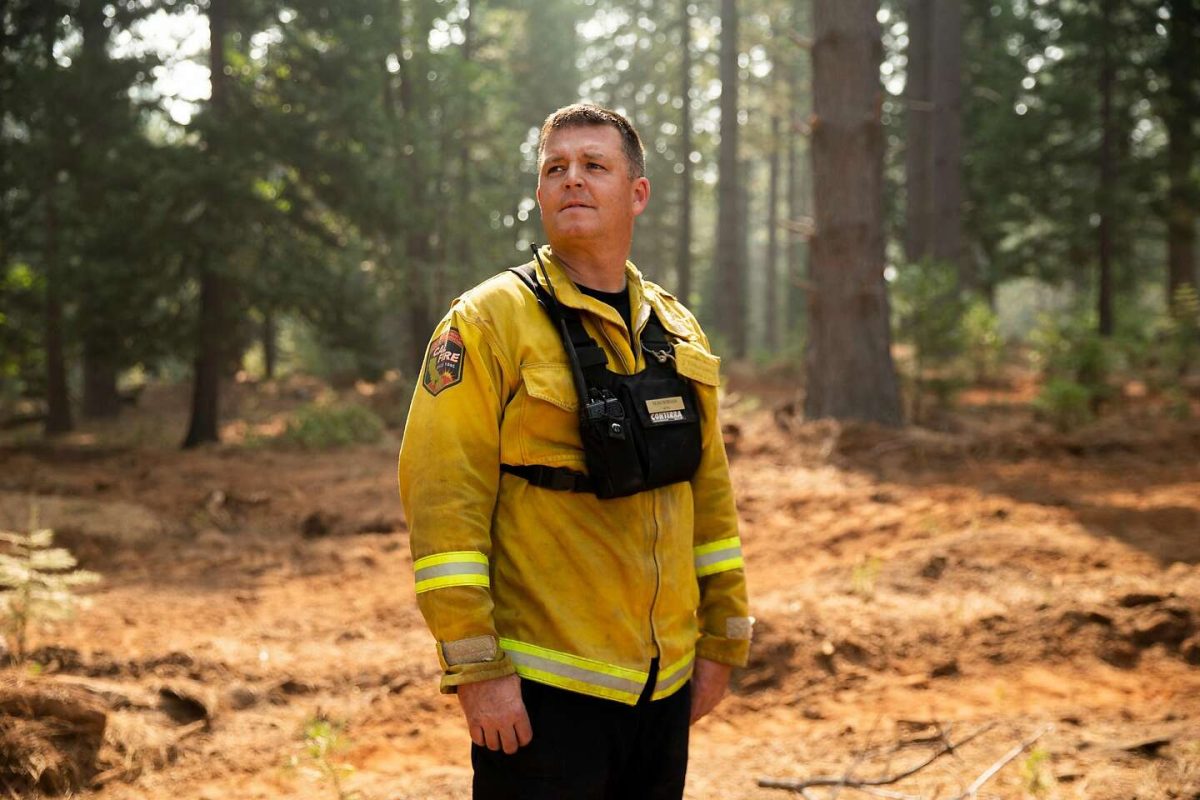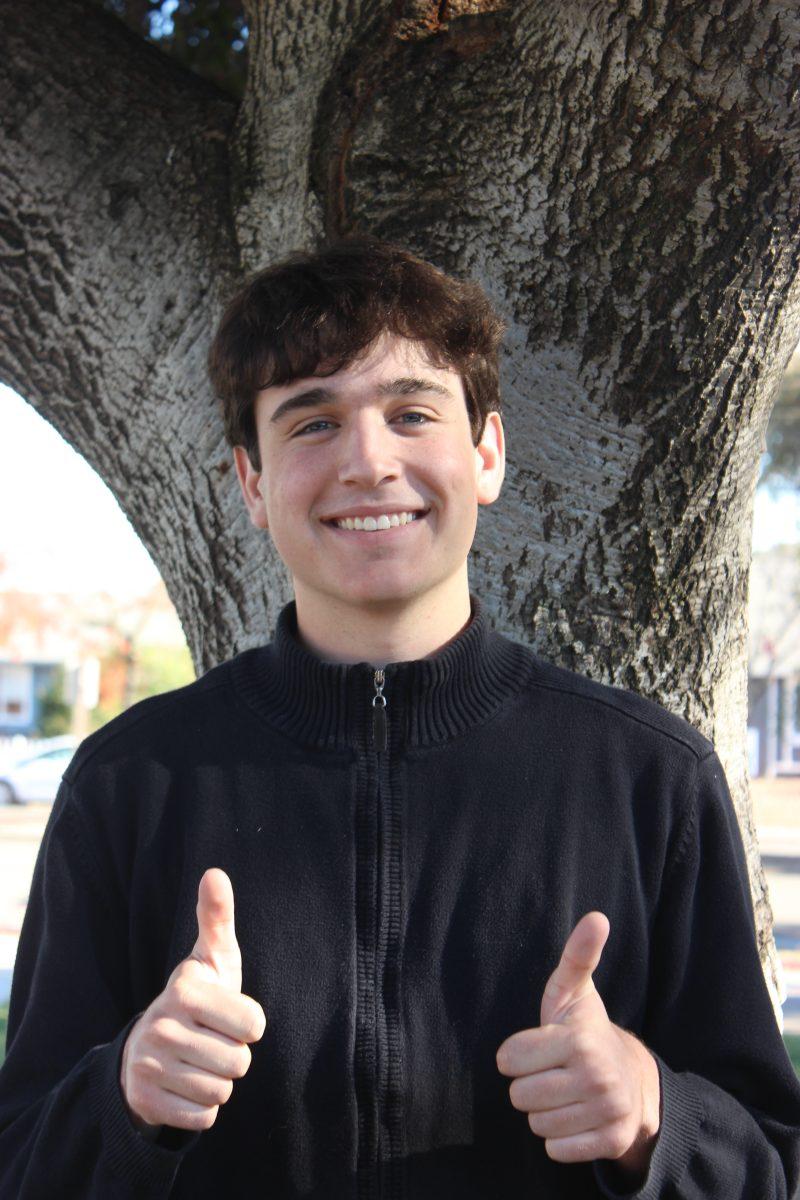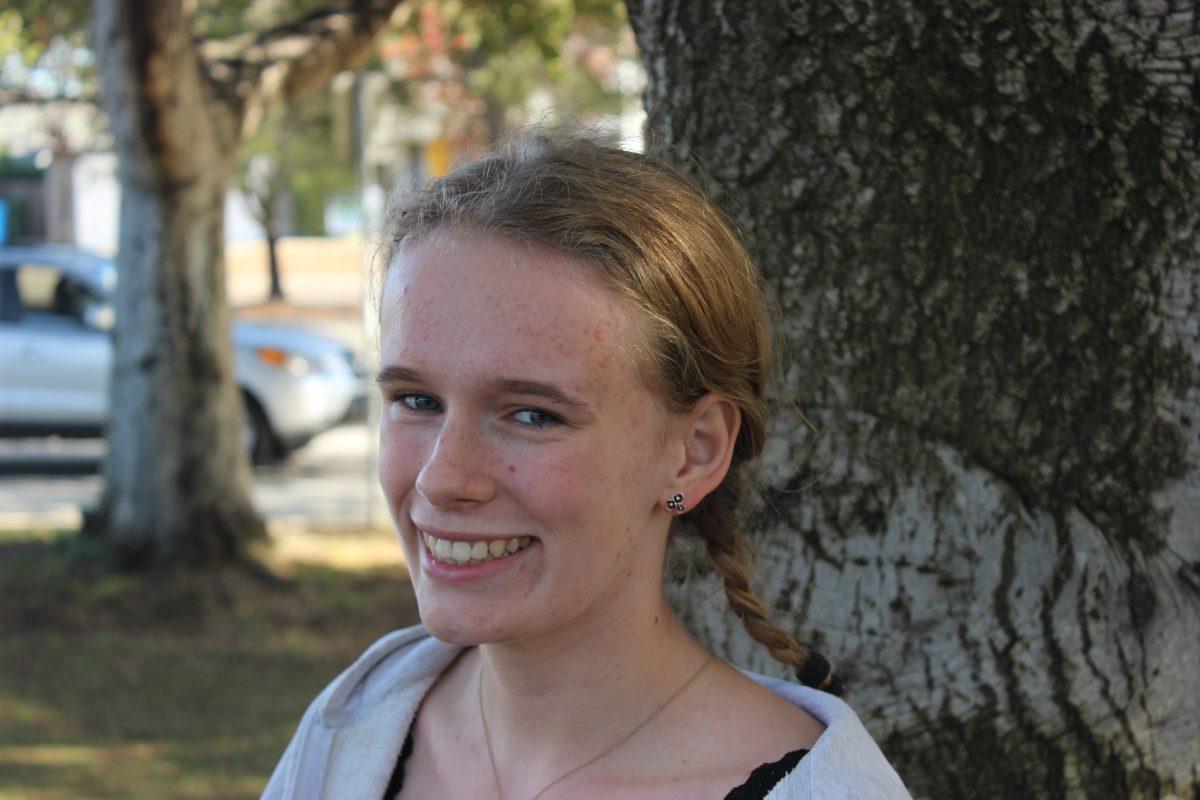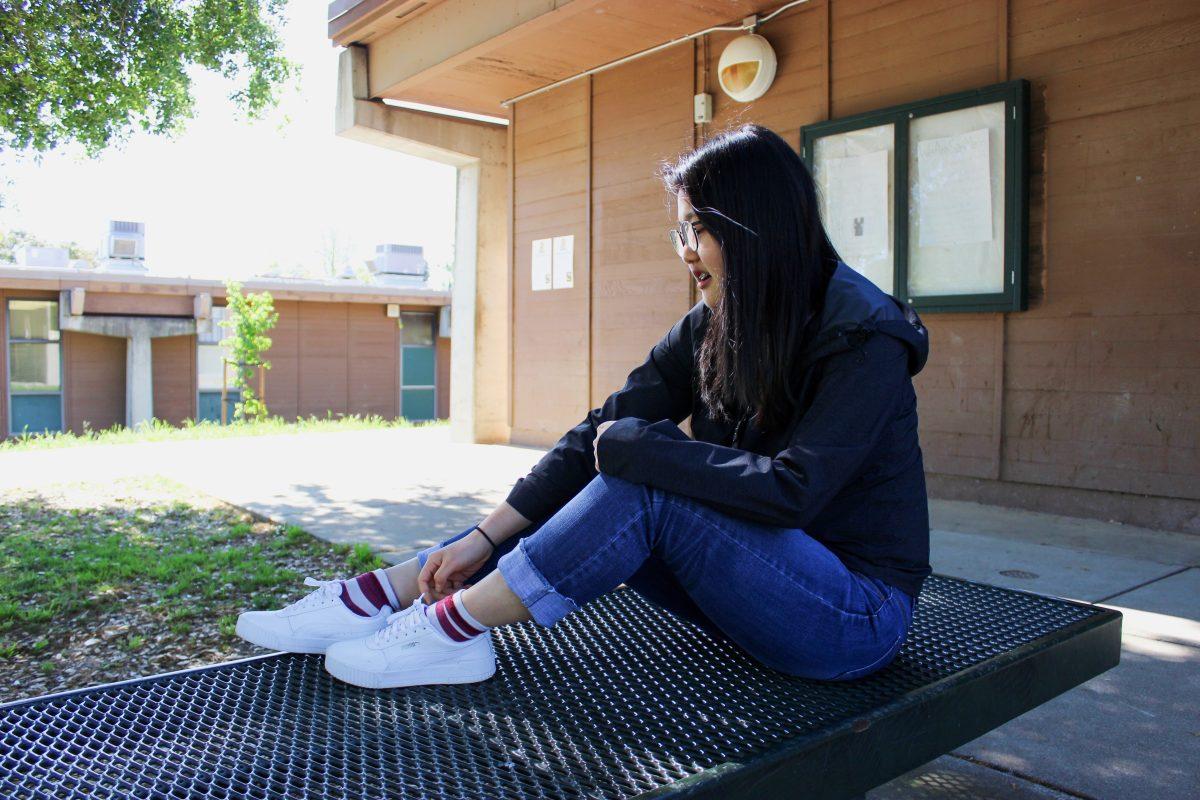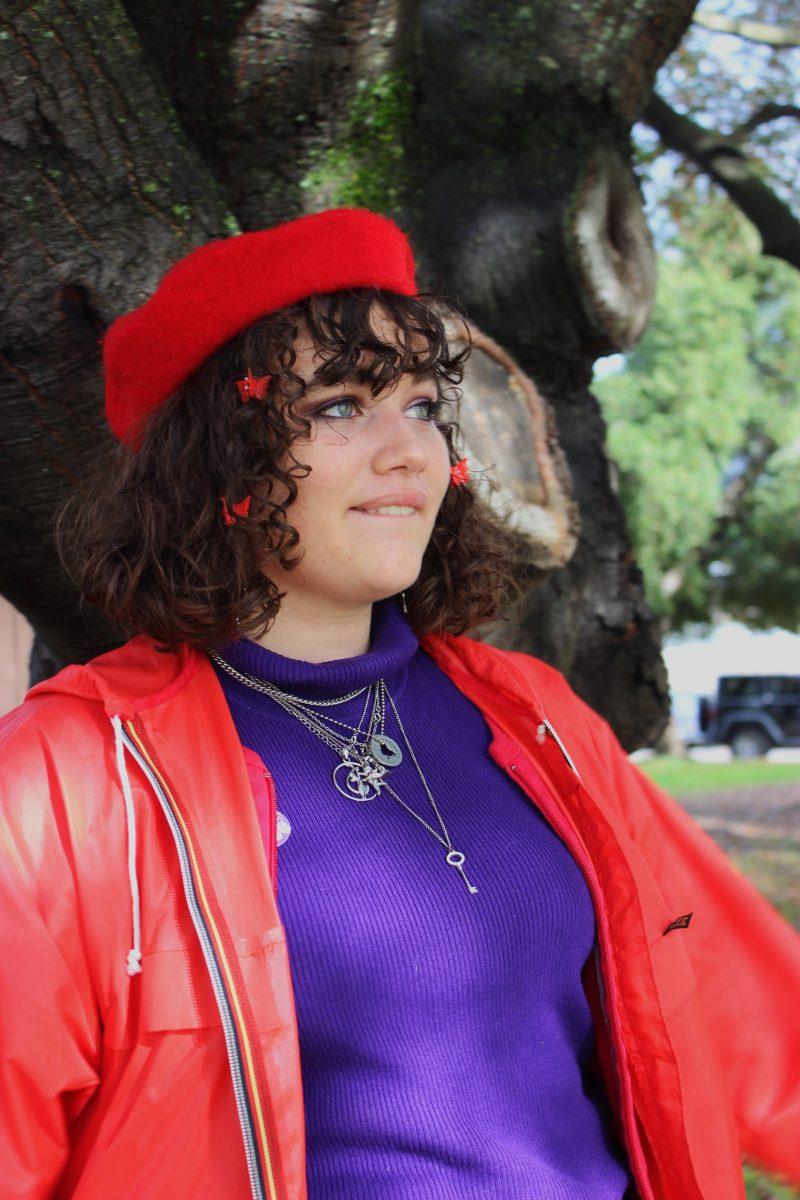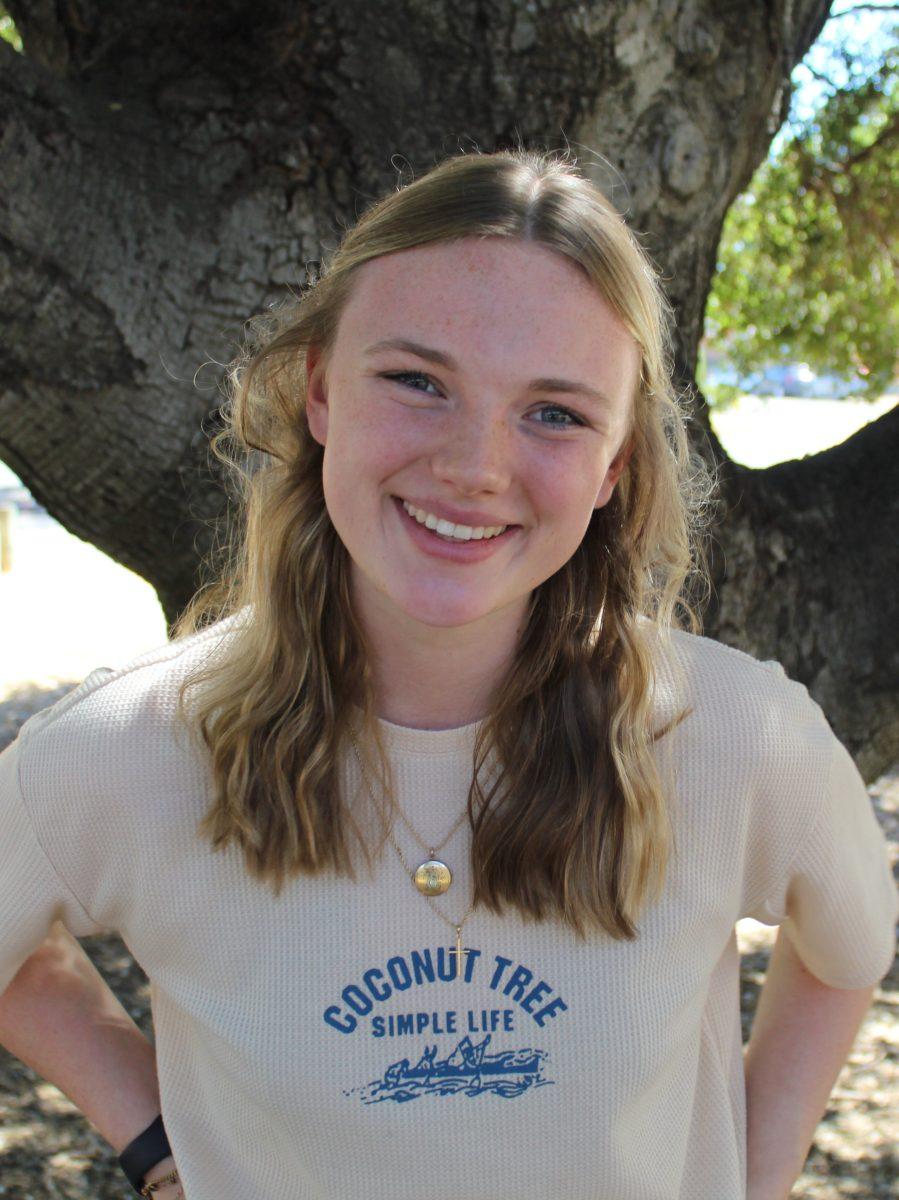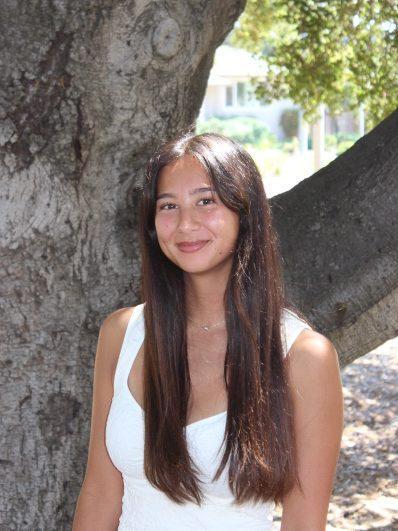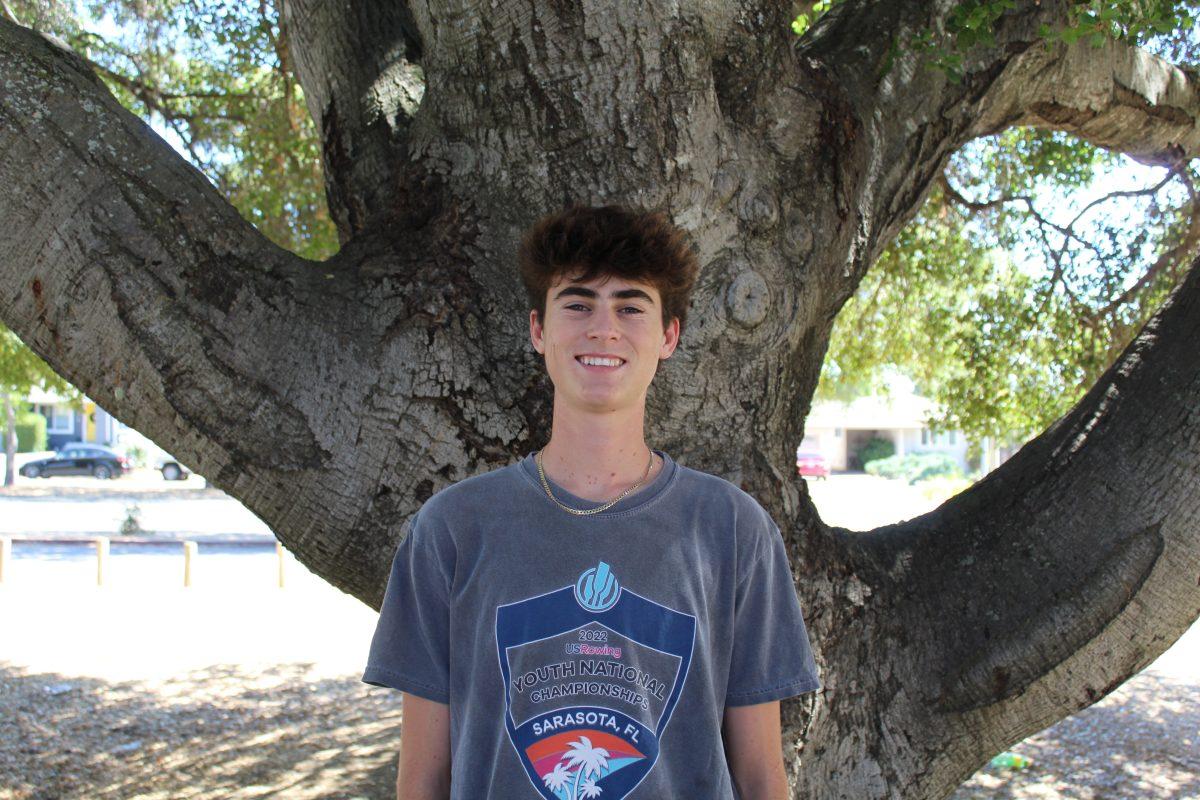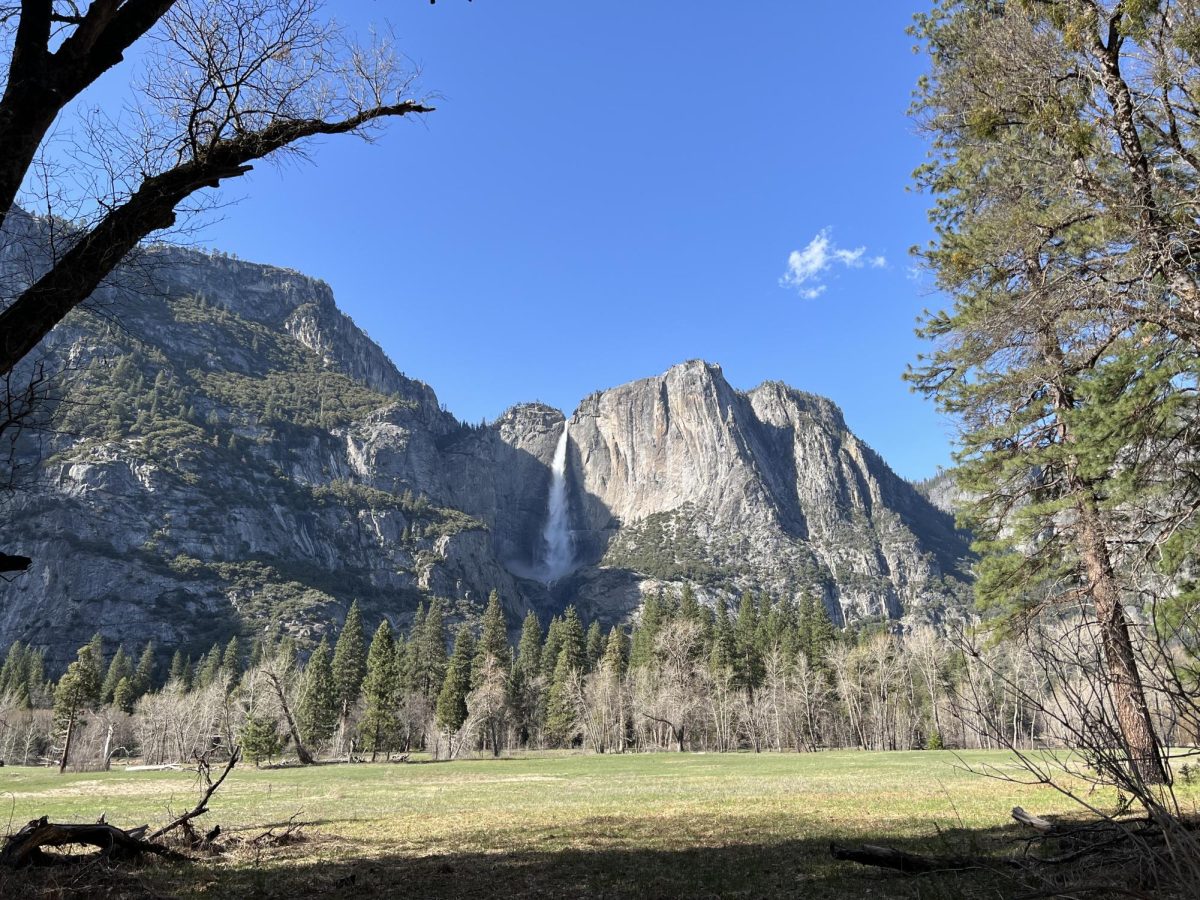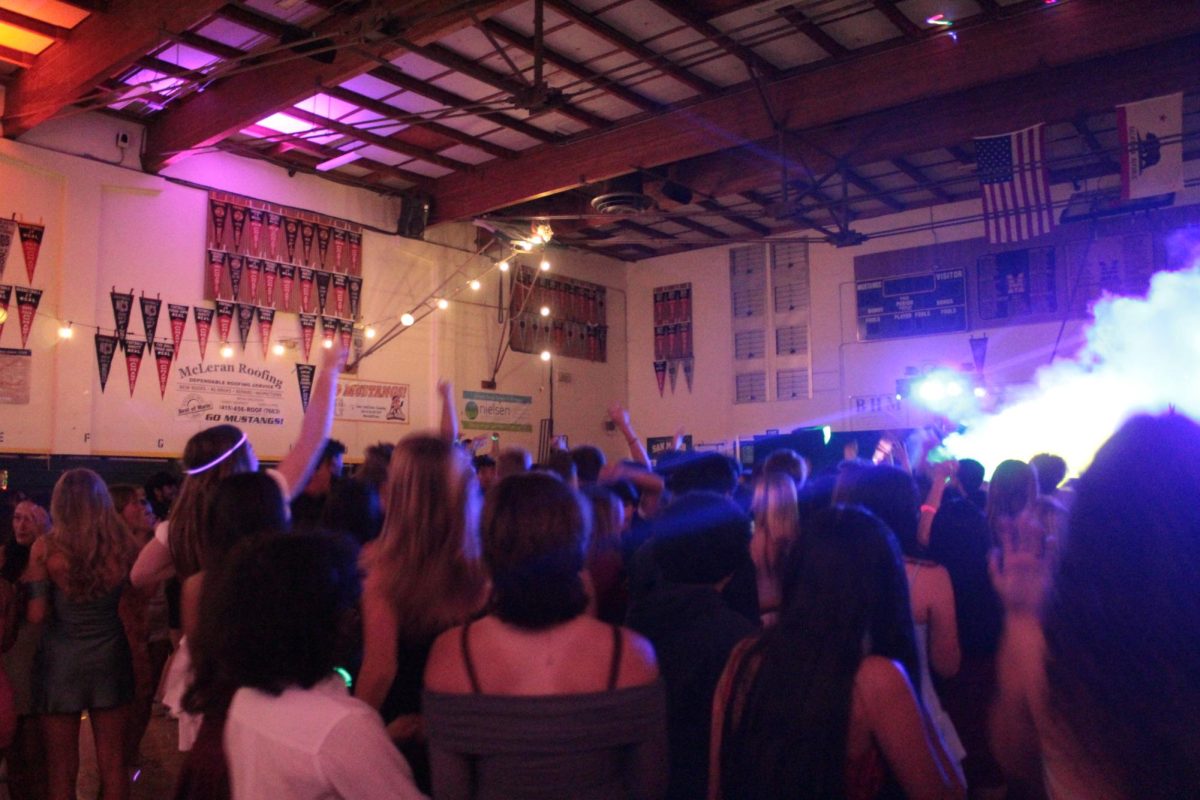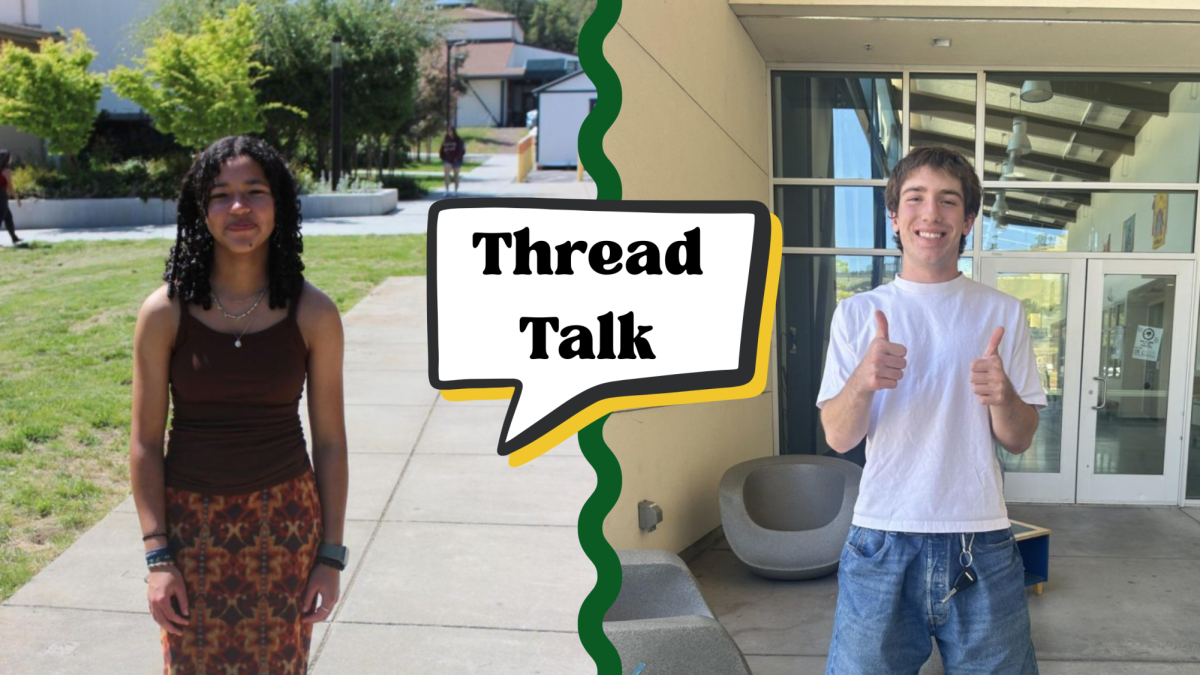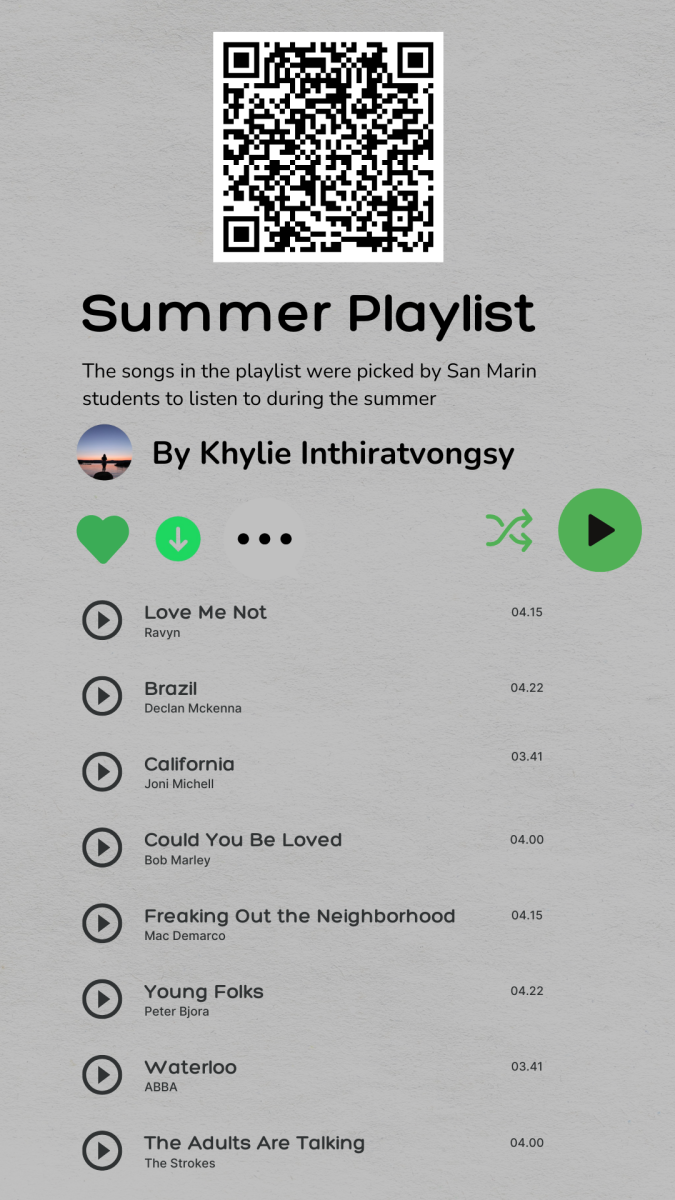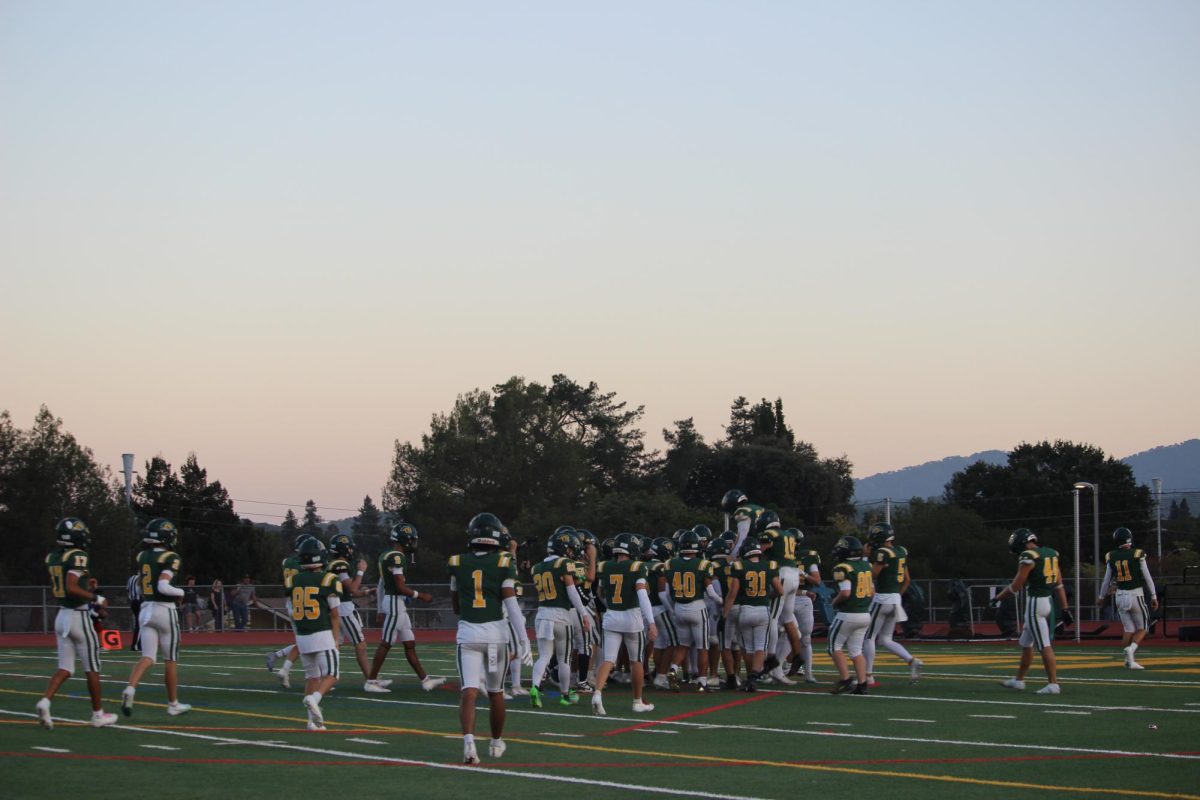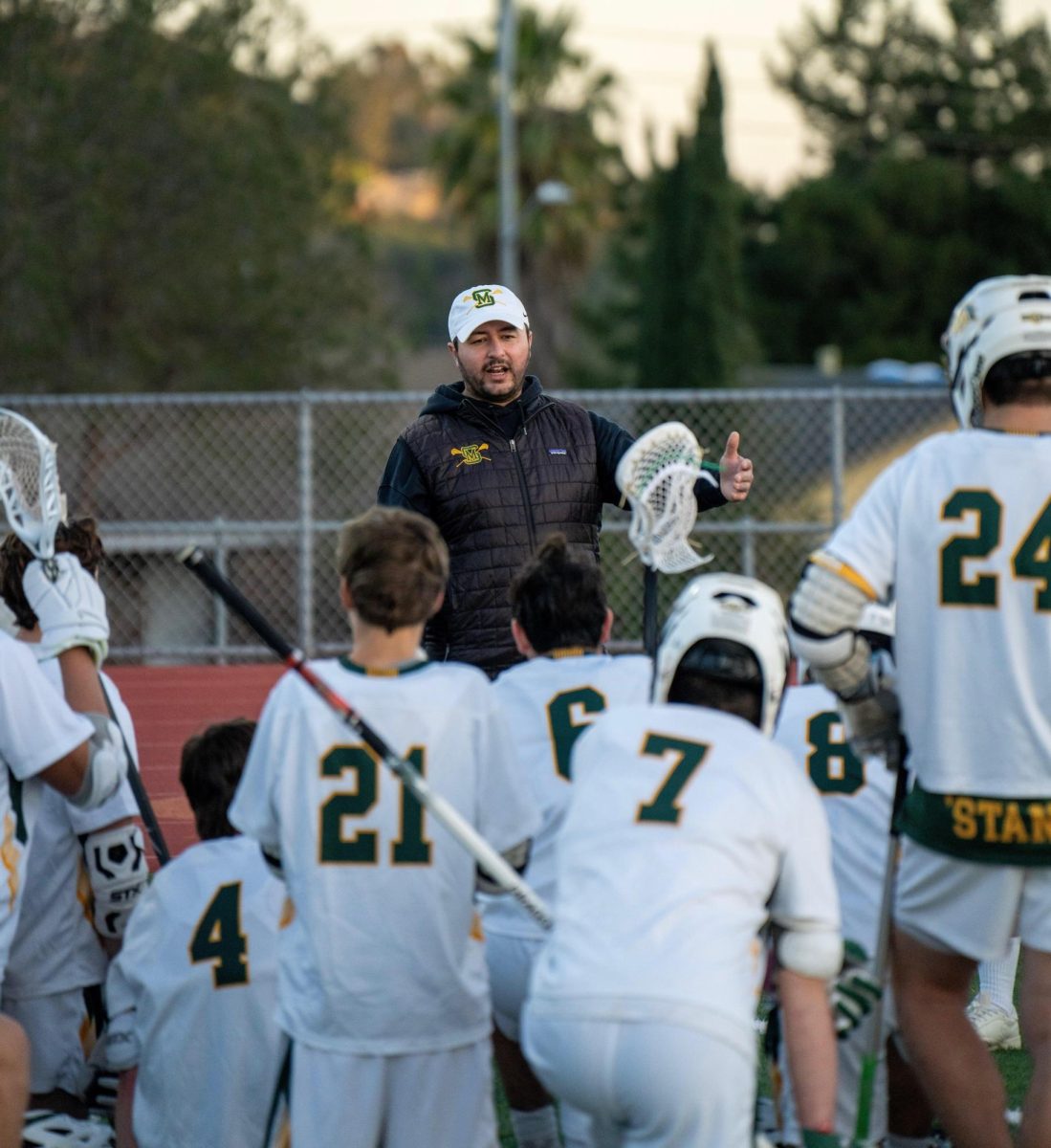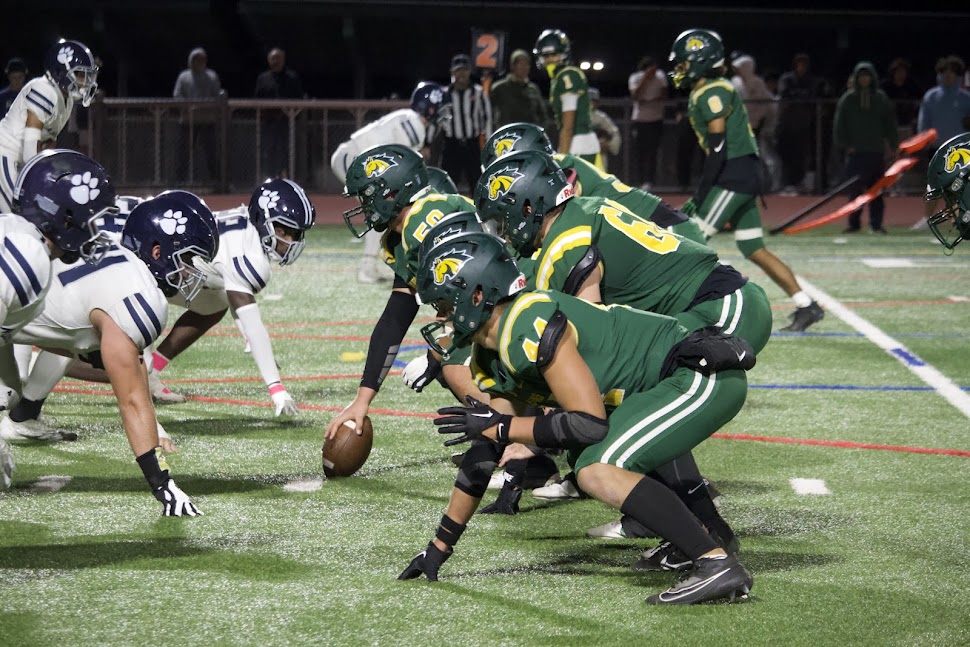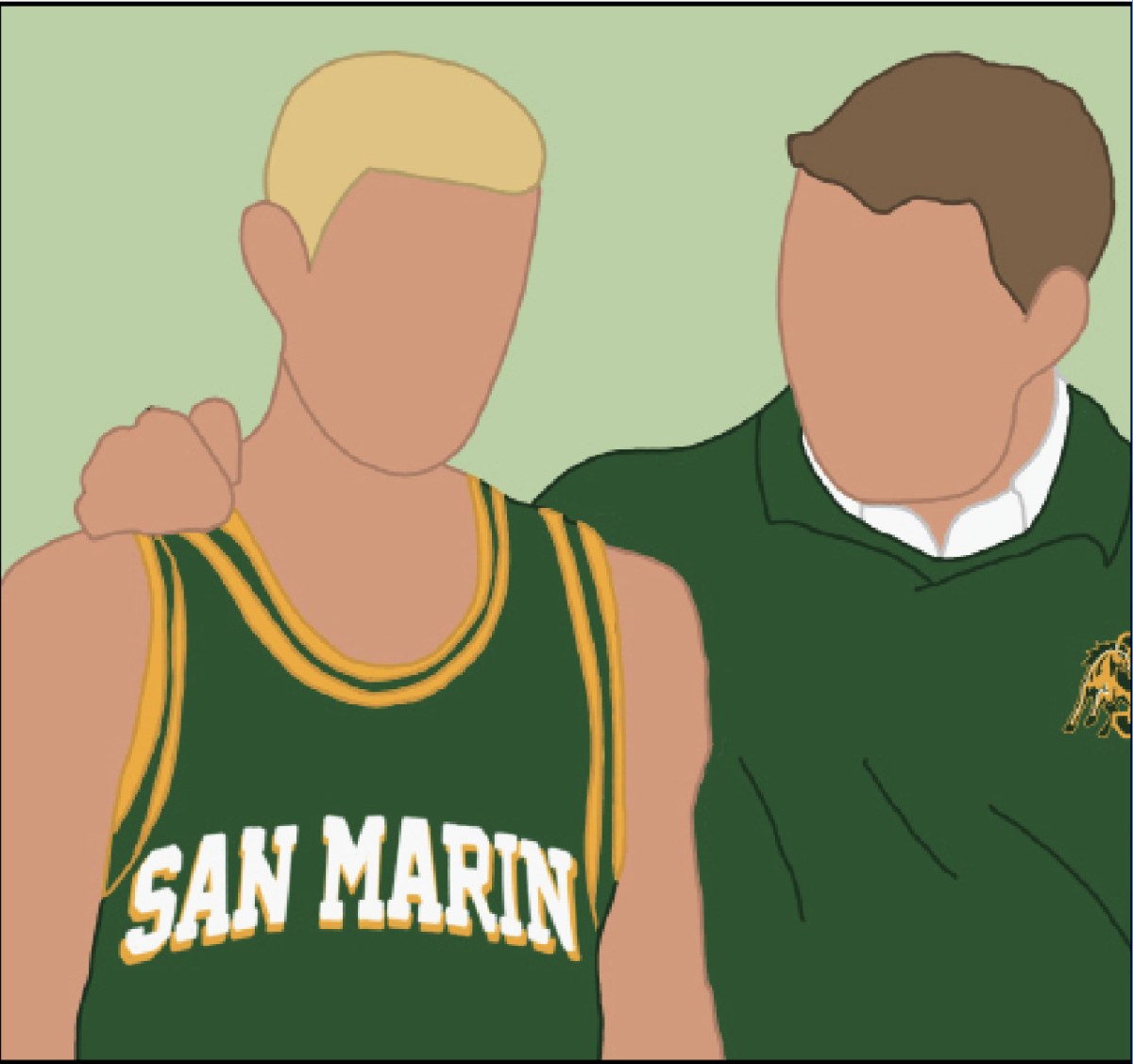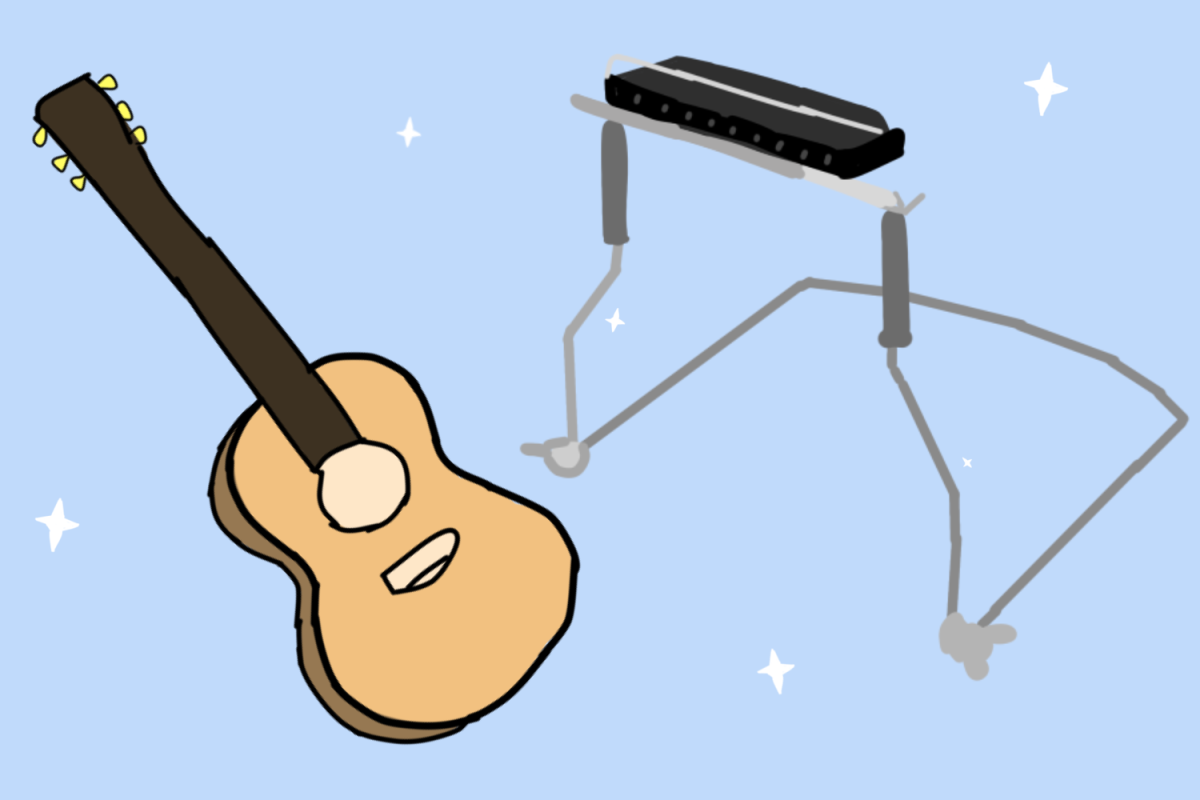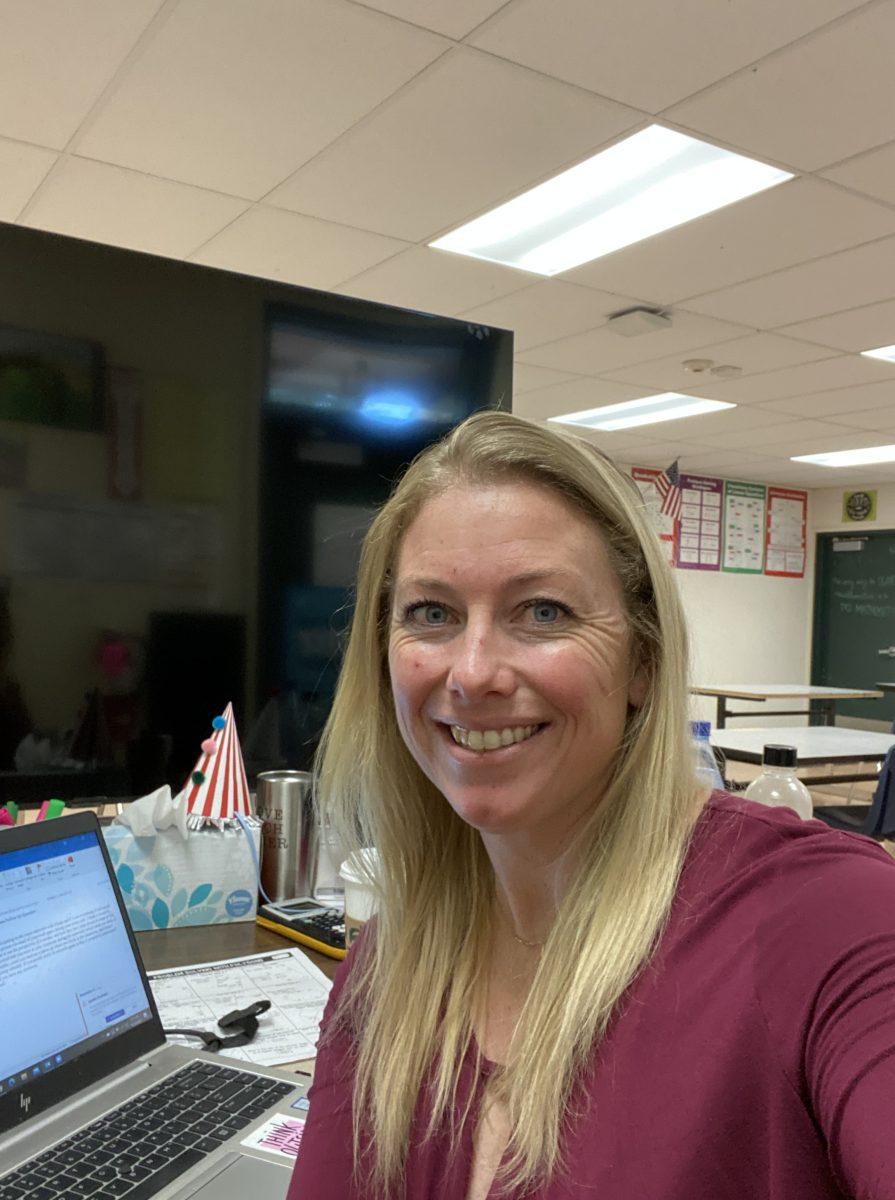Online school has become the new normal for high schoolers across the country, and it has caused many people to worry about the effect that it has on their education and overall high school experience. The transition from middle school to high school has been carried out through Zoom with students isolated in their homes throughout the school day. Freshmen have not been able to experience in person learning at San Marin which has brought up different challenges for the class of 2024 and their teachers.
“Online learning is taking all of the best parts of school out of it, specifically for freshman,” Algebra 1 teacher Kimberly Labozzetta said. “I haven’t even met any of them in person, and so much of teaching and learning has to do with that relationship between students and teachers. If we were in a classroom, we would really start to build that trust and that bond which is so necessary for everyone.”
This method of learning creates a barrier between the benefits of face to face interaction and an interactive classroom environment. Labozzetta believes that her students are missing a key element of education.
“It is so different from what I am used to doing with my students, I am usually having side conversations and laughing or joking with them while they work on small group projects,” Biology and Biotech teacher Shaelyn Mathews said. “The pure face to face time is so much lower and I do not feel like I know my students nearly as well as I normally would.”
Freshman students have faced challenges with the online transition from middle school to high school. In an effort to create a safe learning environment, NUSD enforced a system that places a full class course into one semester. This system has played a significant role in the students experience with Zoom learning.
“The reason I have found it so easy to transition from middle school to high school with online learning is because there are less classes at once,” freshman Jimmy Hughes said. “I went from six classes to only three each semester and that has been one of the reasons why my grades have not suffered.”
With the new environment of school, multiple rules cannot be enforced. For example, the rules that limit cell phone use and other possible distractions for students during class time. Teachers have observed that cell phones and social media can have both negative and positive effects on their freshman during Zoom.
“It’s a spectrum,” French teacher Jeffery Moore said. “I’ve encountered many students, during the pandemic or pre-pandemic, who are really socially engaged, motivated, and present due to social interaction, while I’ve also encountered some students who are so zoned-out in their social media worlds that they simply can’t deal with the people and situations in front of them.”
Hughes sees social media as a big distraction throughout the school day, but also being a helpful tool in outweighing some of the stressful factors.
“We call each other and help each other out,” Hughes said. “I can call my friends and ask for help when I am confused about something, and I have been able to come in contact with new people despite not being on campus. But it does get distracting with my phone next to me; I really can’t focus as much as I would in a regular classroom.”
Everyone has been dealing with changes due to the pandemic and these adjustments have proven to be difficult for the freshmen.
“It’s really hard for me to just sit at a desk looking at a computer screen for a long time, and I personally work better in an environment with my peers,” freshman Cate Contreras said. “I have found it difficult to get involved in clubs and groups because you can’t really get to know anyone over a zoom. With sports, it is all done with social distancing which can still make it hard to talk to many people.”
Many freshmen are unfamiliar with San Marin’s campus, along with the environment of the school as a whole, which has made the transition difficult for some students. The switch to online learning took place in March, uprooting the school year for eighth graders that were in the midst of figuring out their plans for the next four years.
“I have only been on the campus twice, and I still don’t know how the system works because it is very different from Sinaloa, which has brought up a lot of questions that no one can really answer,” freshman Darragh Hoffman said. “I finally had a meeting with my counselor the other day even though we were supposed to meet them in March, but we had to leave so I never got that crucial advice. I had already chosen my classes before I had the chance to speak with them.”
Teachers shared their opinion about the challenges that the freshman encounter with Zoom as well, and described what they saw as the most challenging parts for their students.
“For students it is an organization thing; you have to be so accountable and mature in this setting which is hard for a 14 or 15 year old,” Labozzetta said. “It is incredibly hard to stay on task, to be brave and ask questions, to ask for help. I tell my students to be brave because this is their path, this is their high school experience. Show up, give your all, and every teacher will work with whatever you got.”
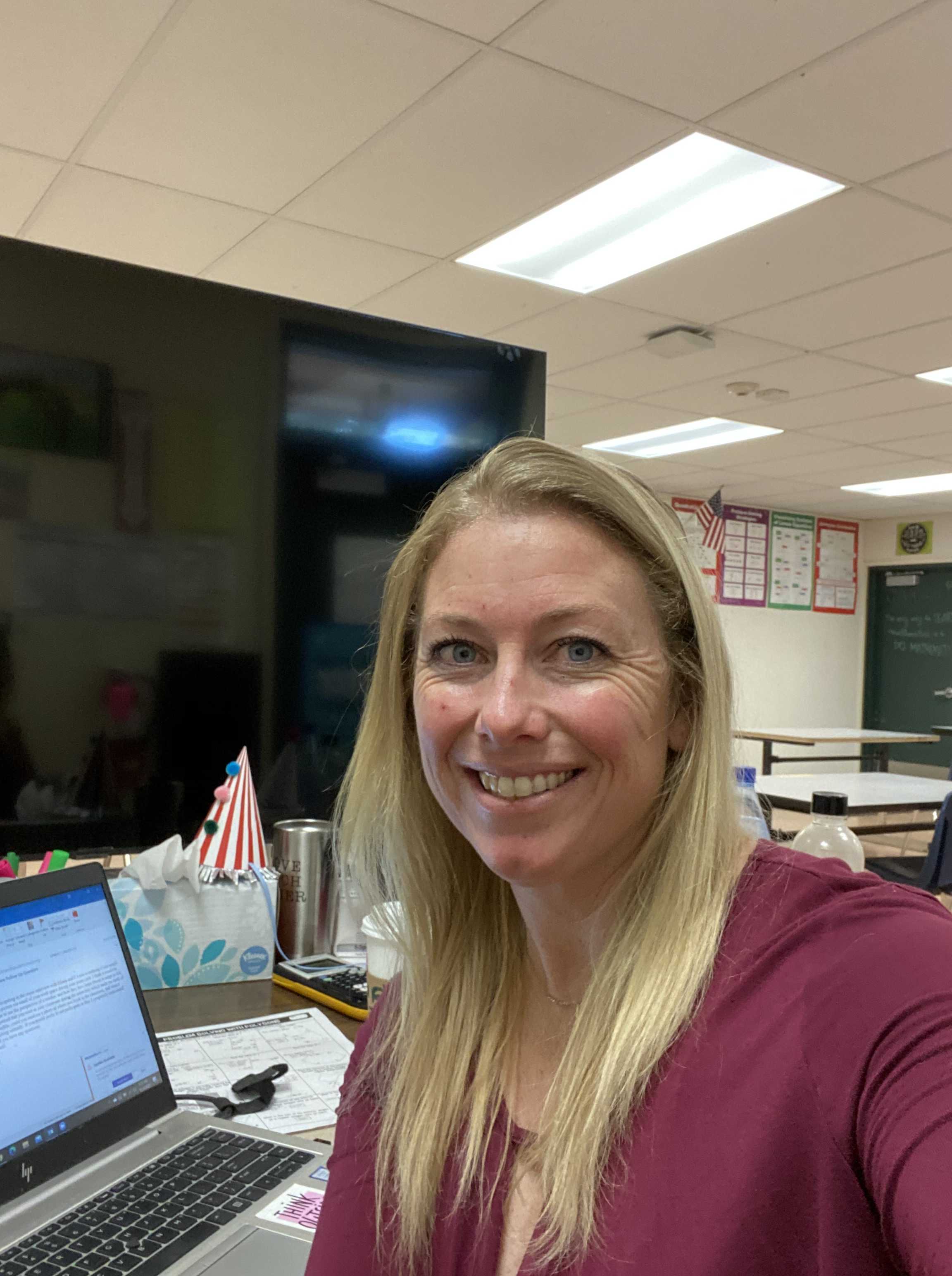
Algebra 1 teacher, Mrs. Labozzetta, sitting in front of her Zoom workspace, ready to teach virtually. She has experienced the first hand effects of online learning for her freshman students.

